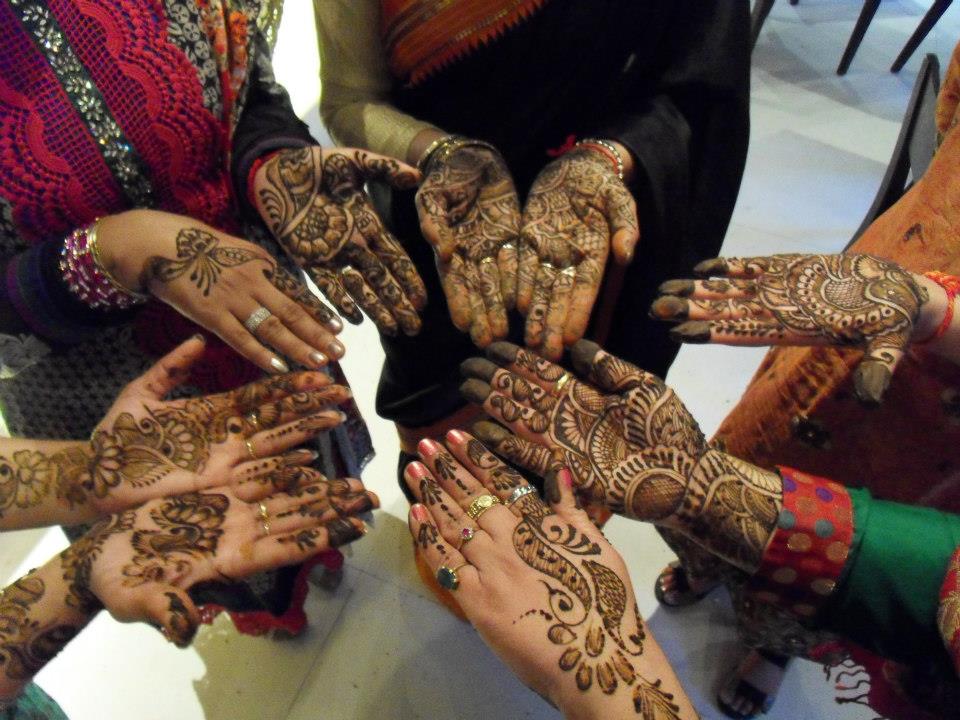| What is Rokna
Rokna is a Hindi word, which means stopping. Through this ceremony, the bride’s family stops groom’s search for the bride. It’s the official agreement between both the families to marry their children.
|
| How is it performed
Traditionally, bride’s family goes to the groom’s house and bride’s father performs Tilak to the groom with Roli and Rice.
|
 |
| Bride’s father also gives nariyal (raw coconut), sweets and some cash to the groom with the Tilak.
|
| Then bride’s father gives Milni to groom’s family. Milni means Introduction. Milni is a way for bride’s parents to show their gratitude to groom’s family and it’s performed only once when bride’s family meets the groom’s family for the first time. Milni is given in decorated envelopes with some cash in it as per ones desire. The amount of cash given to each family member depends on the hierarchy of the family, groom’s parents being on the top of the hierarchy, then the immediate siblings, then rest of the family members and then the children. Both sides also exchange sweets, which is distributed to the family members attending the ceremony.
|
|
Nowadays, both families (including extended family) gather at one place, generally arranged by bride’s side. They perform Tilak as explained above and then bride and groom also exchange rings. Then everyone is served snacks and drinks, again generally arranged by bride’s side.
|







